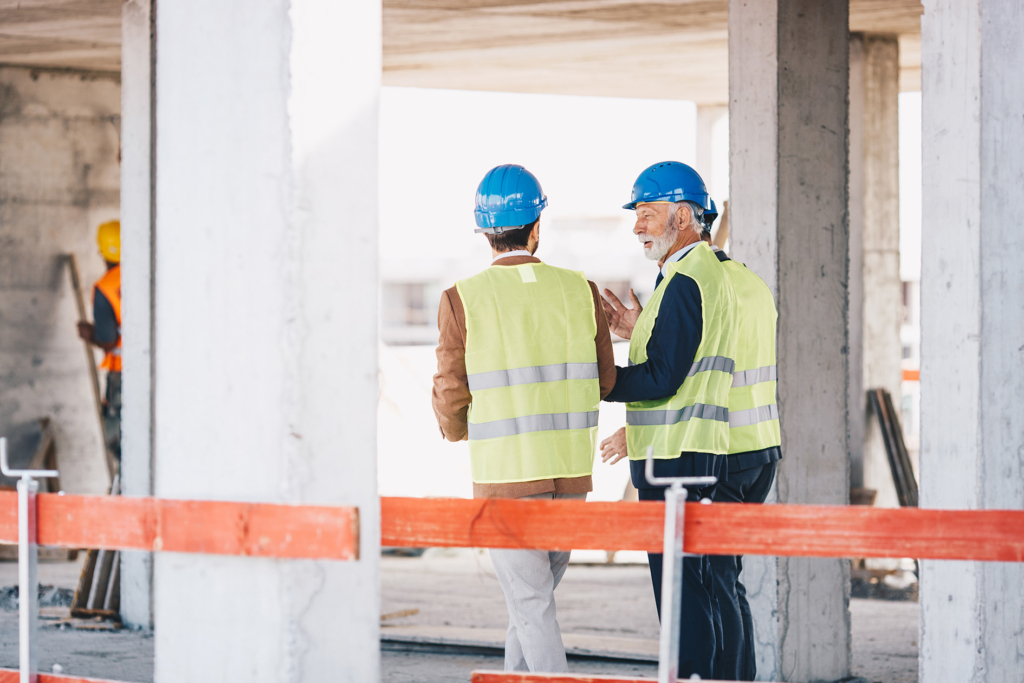Safety is the cornerstone of any successful construction project, shaping every aspect from planning to execution. In this article, we’ll explore key safety practices and strategies that construction companies can implement to foster a culture of safety and ensure the well-being of their workers.
1. Proactive Identification of Safety Issues
Rather than waiting for accidents to happen, proactive safety measures focus on identifying potential risks and unsafe practices before incidents occur. By shifting the focus from reactive to proactive safety measures, companies can prevent costly accidents and uphold their commitment to worker safety.
2. Counting the Real Costs: Safety Incident Expenses
While the immediate costs of a safety incident are evident, the long-term consequences can be far-reaching. Beyond medical bills and repairs, incidents can lead to lost productivity, retraining costs, and legal fees. By investing in safety upfront, companies can protect their bottom line and create a safer work environment for their employees.
3. Cultivating a Construction Safety Culture
Building a culture of safety starts with leadership commitment and extends to every level of the organization. By implementing clear policies, providing comprehensive training, and fostering open communication, companies can create an environment where safety is everyone’s responsibility.

4. Safe Starts: Preconstruction Planning for Success
Emphasizing safety from the planning phase onward is crucial for ensuring a safe work environment throughout the project. By developing a robust safety and emergency plan, identifying risks, and preparing necessary resources, companies can mitigate potential hazards and ensure the safety of their workers.
5. Boosting Morale and Mental Health: Worker Well-being
Worker morale and mental health play a significant role in maintaining a safe work environment. By prioritizing worker safety, companies can boost morale, improve productivity, and create a positive work culture where employees feel valued and supported.
6. Setting the Safety Standard: Lead by Example
Actions speak louder than words when it comes to safety. By leading by example and demonstrating a commitment to safety in both words and actions, leaders can set the tone for the entire organization and inspire their employees to prioritize safety in everything they do.
7. Employee Empowerment: Encouraging a Culture of Safety
Empowering employees to take ownership of safety and rewarding safety-conscious behavior can create a positive feedback loop where safety is celebrated and encouraged. By providing incentives for reporting hazards and recognizing safety achievements, companies can create a culture where safety is everyone’s responsibility.
By implementing these essential safety practices and fostering a culture of safety, construction companies can create a workplace where workers feel valued, protected, and empowered to do their best work. Together, let’s build a safer, more efficient future for the construction industry.
Are you looking for a trusted construction partner for your next project. Contact us today on 02 7966 0200 or info@buildland.au to discuss how we can collaborate together.
 02 7966 0200
02 7966 0200 info@buildland.au
info@buildland.au